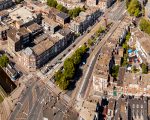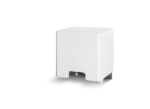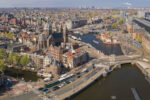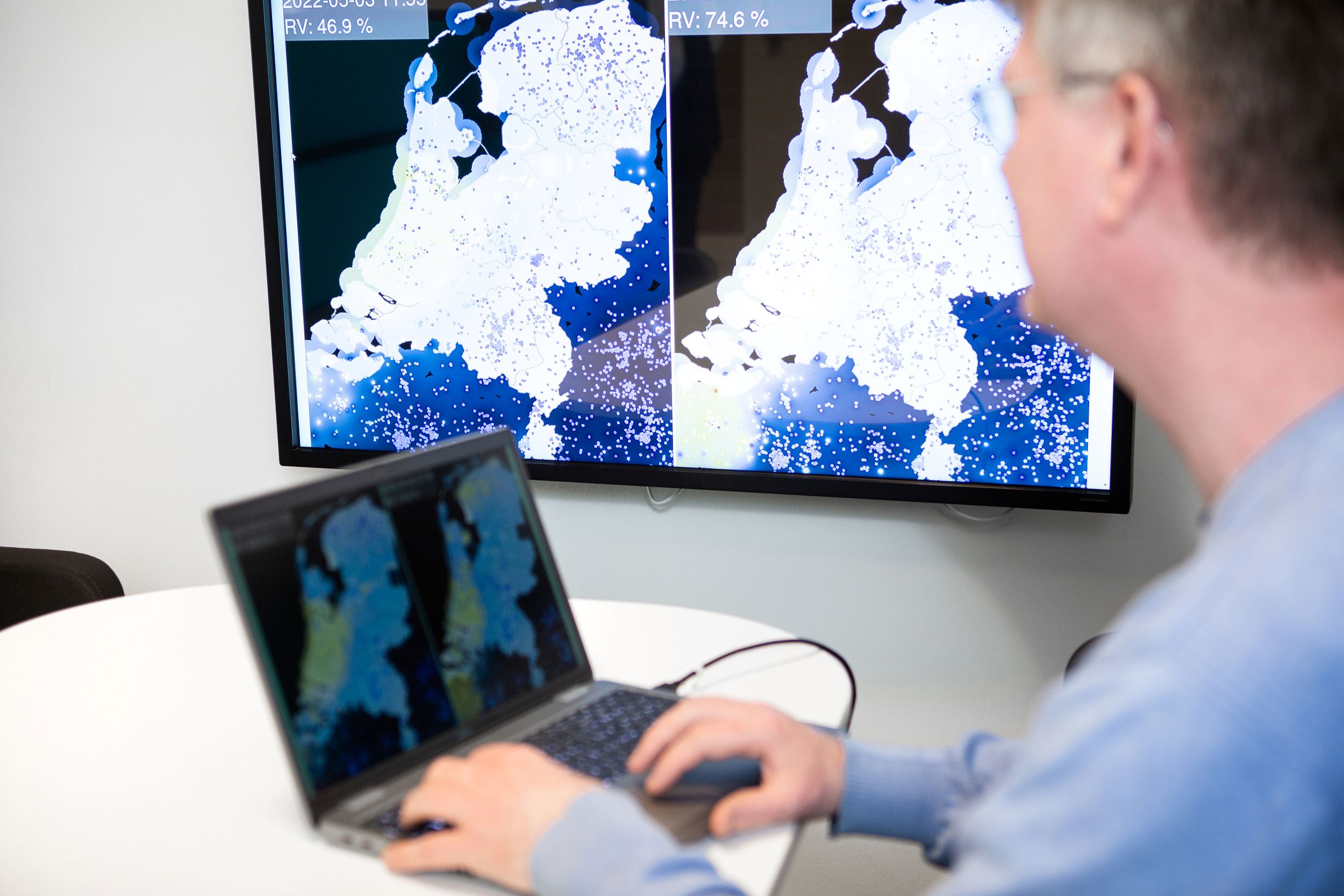
Cleaner air through better traffic management
Modern traffic management is data-driven, covers all modes of transport and plays a wide and multifaceted role in society. By connecting traffic management systems to sensor networks, it can also be used to improve air quality.
The multifaceted nature of traffic management
Traffic management’s traditional focus has been to inform, advise, direct and control all types of traffic on and across the road network. It is a very suitable policy instrument to spread multimodal road traffic optimally across the road network. This helps to prevent deteriorating flow and congestion or defer it over time.
Moreover, traffic management can help to stimulate cycling and walking within the dedicated sections of the road network. It can be used to enhance the reliability and predictability of public transport, and to reduce the emissions of motorized vehicles by minimizing braking and accelerating. All these measures have positive effects on Clean Mobility. But the possibilities are much greater.
Improving air quality
Motorized traffic has a great impact on air quality, particularly in the urban environment. Targeted measures – stimulating active mobility, using public transport and electric vehicles, and improving the flow of motorized vehicles – can help to prevent part of the emissions. By using data from air sensors, for instance for particular matter or nitrogen, data-driven traffic management can also actively contribute in other ways to improving air quality.
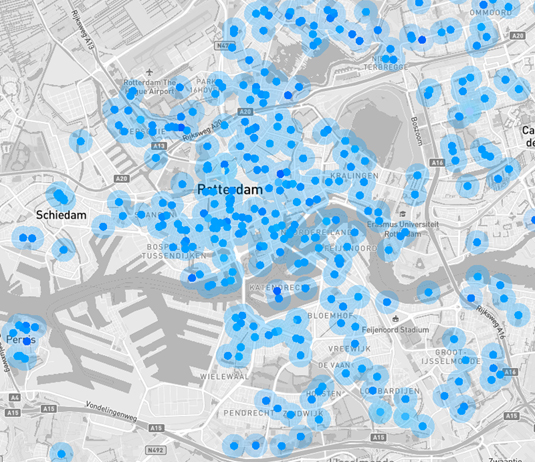
For example, it is possible to anticipate increasing emissions, as the concept of Smart Urban Traffic Zones does. This is a technology that carefully registers the number of vehicles in urban zones and that can be used to send signals from and to these vehicles. We successfully used Smart Urban Traffic Zones in Sweden in a pilot where hybrid vehicles automatically switched from petrol to electric drive when they entered a certain zone. If this technology is connected with the data of air sensors, it becomes possible to intervene to prevent rising emission levels.
In Rotterdam, we use data-driven traffic management to limit emissions around the Maastunnel through Adaptive Flow Management. If pollutant emission levels at certain spots around the tunnel are about to exceed a specific threshold, we use traffic light control systems to buffer motorized traffic elsewhere in the traffic network where lower air quality is less likely to be harmful. We use smart traffic management algorithms to control road-side equipment throughout the entire network.
Smart technology also makes it possible to reduce emissions on the waterways. The Bridge Management System, for example, minimizes waiting times at bridges and locks for vessels in Noord-Holland. Operators of moveable bridges and locks use the system to receive recommendations about optimal times to open bridges and locks for waterborne traffic. The result is fewer idle vessels, less waiting motorized road traffic and a net reduction in harmful substances emissions.
Air sensors and traffic management platforms
Dynamically anticipating and responding to air quality requires continuous measuring of the air quality and using the resulting measurement values in traffic management. Integration of the data sensors and air sensors and other measuring systems into a traffic management platform like MobiMaestro makes it possible to do this. Its smart algorithms and automated or manual scenarios help traffic managers to contribute actively to improving air quality.
The citizen science of the Luchtclub
Air quality is already being measured very extensively. In addition to central measuring stations, there are private citizens who have installed air sensors and have connected these to communal networks. The Luchtclub (‘Air Club’) in Rotterdam is one such citizen science network. More than three hundred private sensors are currently measuring particulate matter in the city. RIVM, the Dutch National Institute for Health and the Environment, brings citizen science data together from across the Netherlands on its website samenmeten.rivm.nl. Our Technolution (Europe) colleague Bertrik Sikken uses this data, as well as a wide range of others sources, for his informative website stofradar.nl, which offers real-time visualization of particulate matter in the Netherlands. Sources such as this one can be an excellent basis for traffic management applications.
